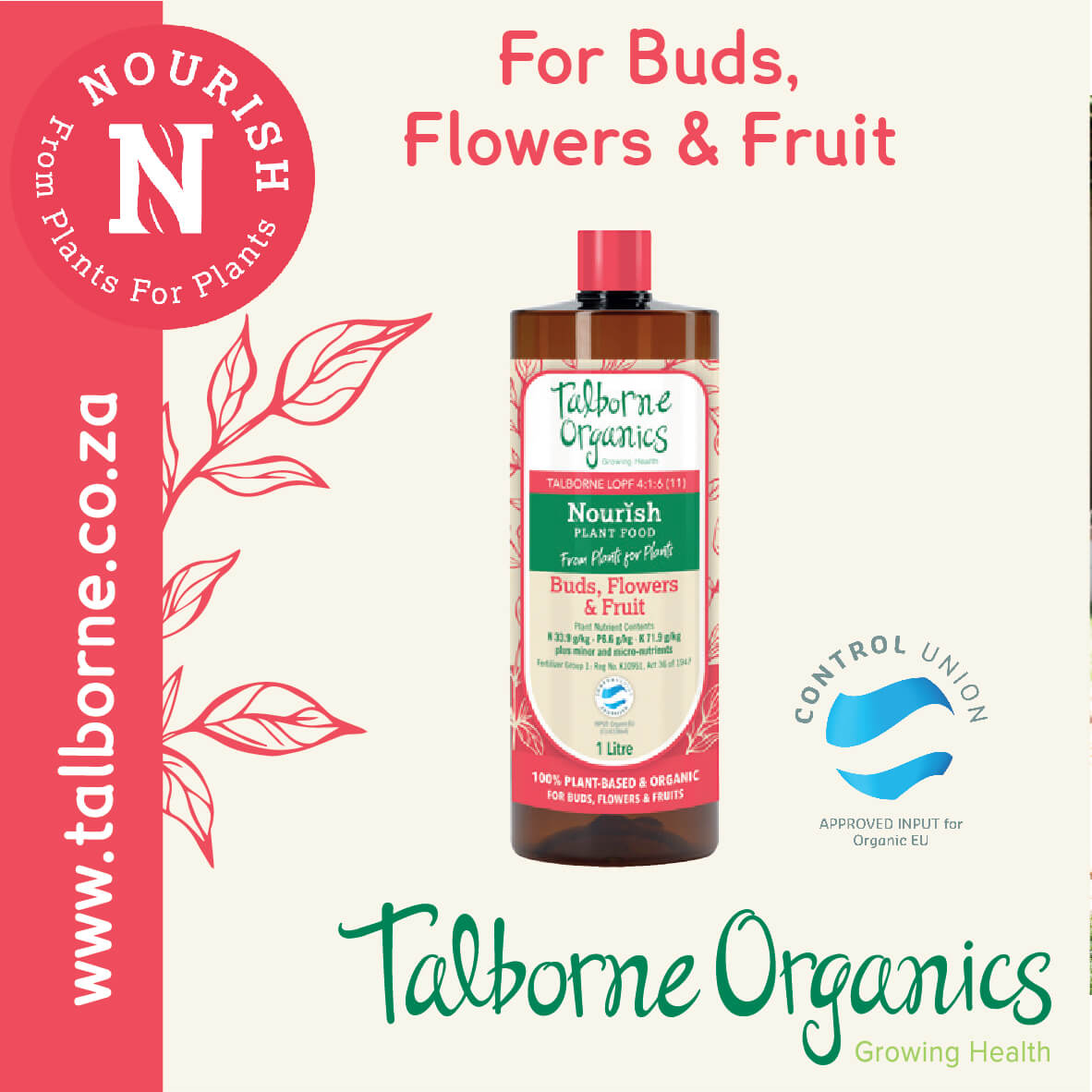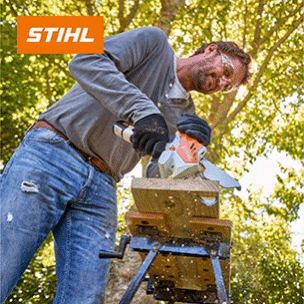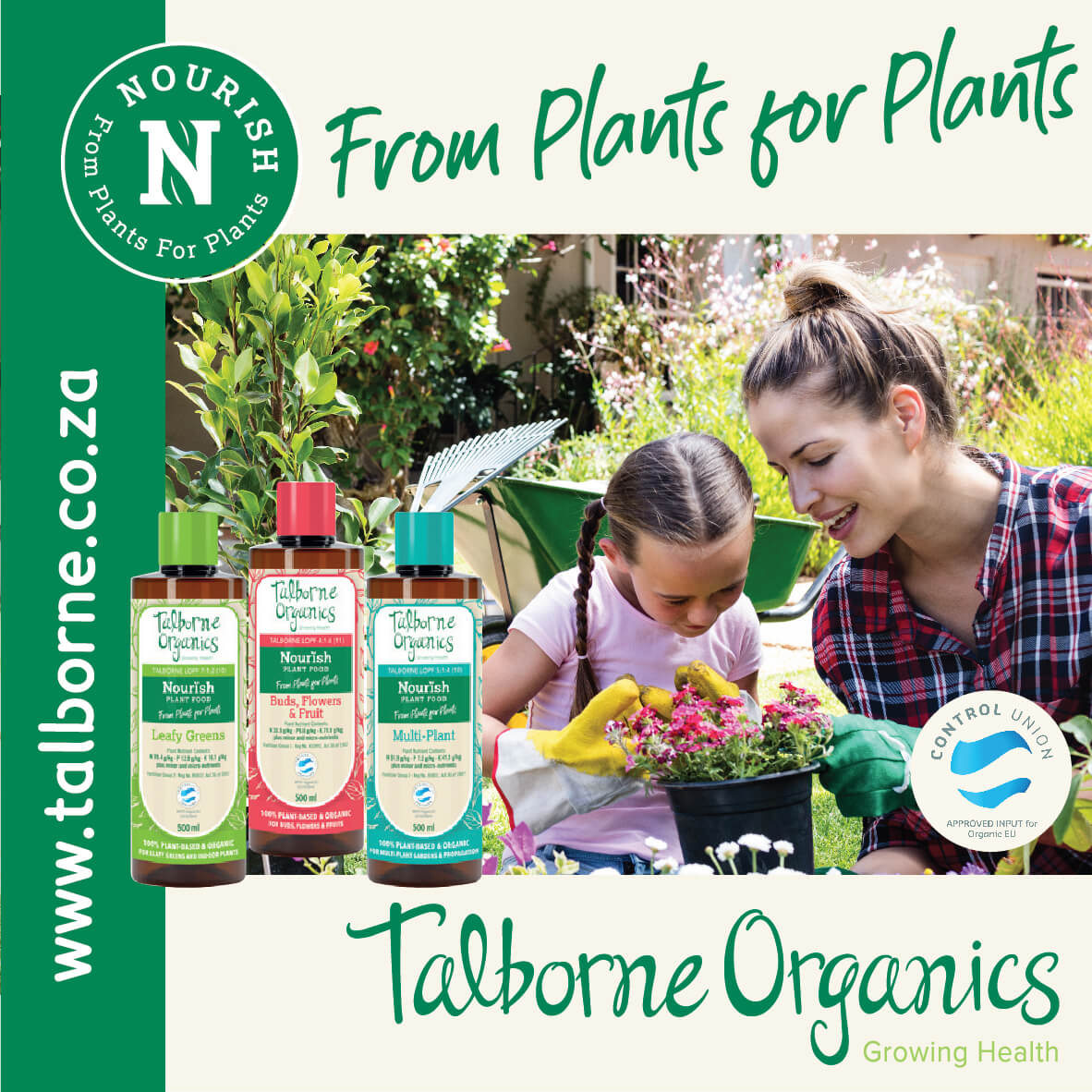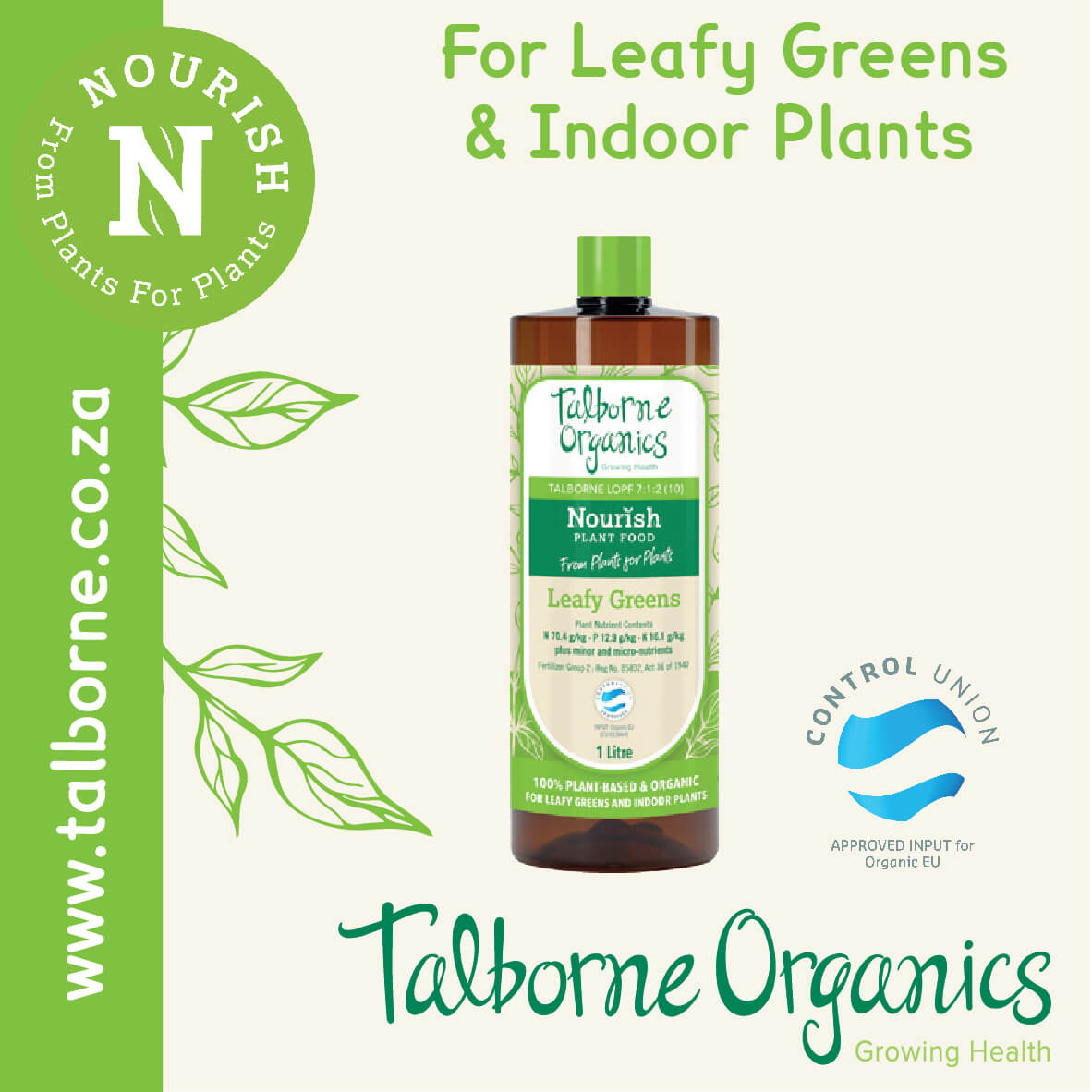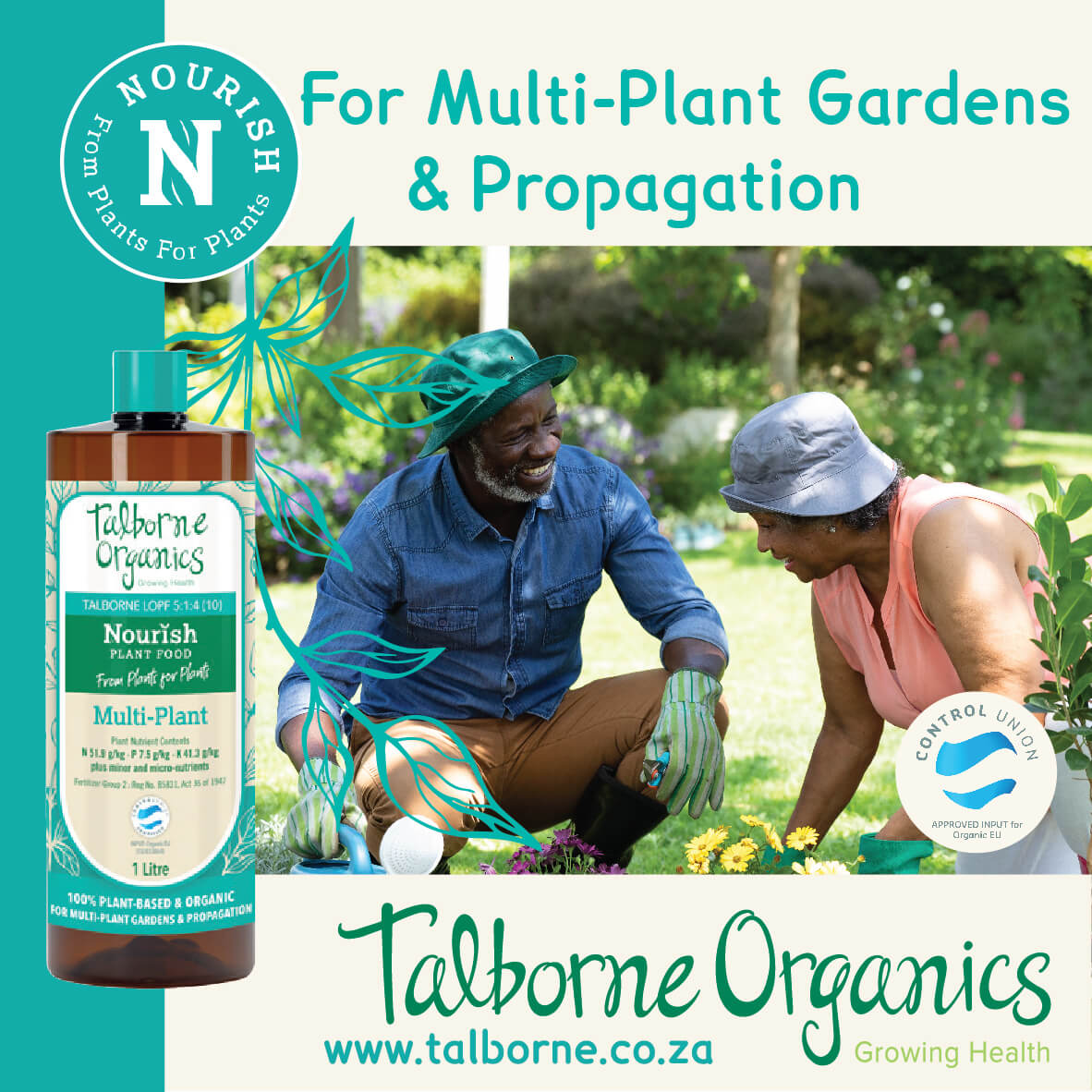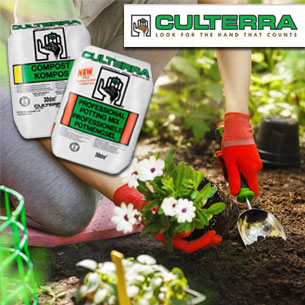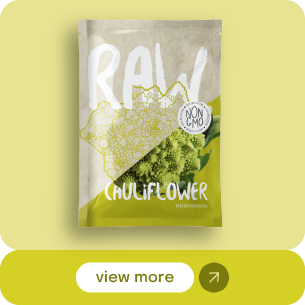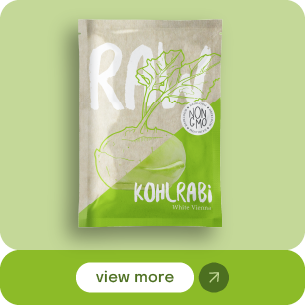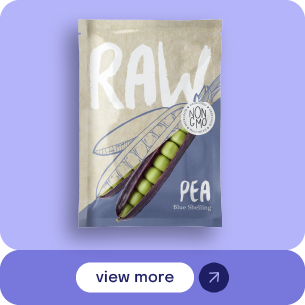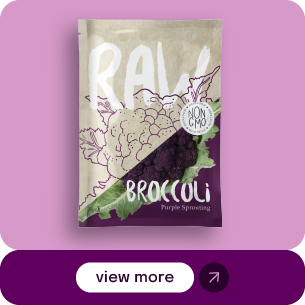How to Grow Granadillas at Home in South Africa
Wondering how to grow granadillas? We’ve got you covered. Granadilla, also known as passion fruit (Passiflora edulis), is a vigorous, vining fruit-bearing plant ideal for South African gardens. With its fragrant flowers, rapid growth, and delicious fruits, granadilla adds both beauty and bounty to home gardens. In this article, we’ll take you step-by-step through the process of growing granadillas in South Africa from choosing the right plant to harvesting your own fruit and successfully dealing with common problems gardeners face when growing granadillas.
Disclaimer
Please note: While granadilla (Passiflora edulis) is widely grown in South Africa, some passion fruit species are classified as invasive in certain provinces. Always check with your local agricultural or environmental authority before planting, especially near natural ecosystems or protected areas. Responsible cultivation helps prevent the spread of invasive species. Learn more at invasives.org.za.
Understanding the Granadilla Plant (Passiflora edulis)
Granadillas belong to the passion fruit family and thrive in warmer regions of South Africa, especially in KwaZulu-Natal, Mpumalanga, Limpopo, and parts of the Western and Eastern Cape. The plant grows as a climbing vine that needs support and produces large, purple or yellow fruits packed with sweet-tart pulp and edible seeds.
Granadilla vines are perennial and can fruit for up to five years if well maintained. They are self-pollinating but benefit from bee activity, making them perfect for pollinator-friendly gardens.
Where to grow Granadillas in South Africa
Ideal Climate and Conditions for Granadilla
Granadillas prefer:
- Subtropical to tropical climates
- Full sun (minimum 6 hours per day)
- Well-drained, fertile soil rich in compost
- Frost-free conditions, though they tolerate light frost if protected
In colder zones, plant them near a north-facing wall or provide winter cover.

How to Grow Granadillas: Soil Prep, Spacing & Trellis Setup
Getting your granadilla vine off to a strong start isn’t just about putting it in the ground; it’s about creating the ideal launchpad for long-term fruiting success.
1. Prepare the Soil (And Feed the Microbes)
Dig deep and think long-term. Create a planting hole at least 50–60 cm deep and wide, but here’s the magic:
Granadilla Soil Mix Recipe (Secret Sauce for Granadilla Roots):
1 part compost (mature, preferably homemade)
1 part well-rotted kraal manure (rich in potassium)
A handful of bone meal (slow-release phosphorus for root growth)
1–2 cups of crushed egg shells or agricultural lime (to raise pH and prevent blossom end rot)
A scoop of mycorrhizal fungi or EM (Effective Microorganisms) granules (to boost root health and symbiosis)
Rare Tip: Mix in a shovel of topsoil from an established granadilla or grapevine area this introduces beneficial microbes that naturally support climbing fruit plants.
Soil pH Check:
Granadillas prefer a soil pH of 6.5 to 7.5. South African soils especially in high-rainfall regions like KZN and Mpumalanga tend to be acidic. Use a basic soil pH test kit and lime the soil if the pH is below 6. Apply agricultural lime 2–3 weeks before planting to give it time to work into the soil.
Mulch Tip:
Add a 2–3 cm layer of pine bark mulch or coconut husk chips around the granadilla plant after planting. These materials help retain moisture, regulate temperature, and reduce weed competition, all without promoting stem rot.
2. Spacing: Let Your Granadilla Vines Breathe
Spacing granadilla vines properly is one of the most overlooked yet vital aspects of growing them well.
For home trellises or fences, allow at least 2.5 to 3 metres between vines.
Each vine can spread up to 6–10 metres in a single season, so overcrowding quickly leads to poor airflow and fungal issues.
Rare Granadilla Growing Tip: In small gardens, plant one vine per trellis and train it in a “double cordon” shape (two main branches running horizontally in opposite directions). This setup improves fruit set, sunlight penetration, and ease of pruning.
3. Trellis Setup: Build It to Last
Granadillas are aggressive climbers and can weigh down weak supports quickly. Use a system that can handle a fully grown vine plus its fruit load.
Recommended Trellis Types:
Galvanised wire stretched between strong Y-poles or wooden posts
Chain-link fences
Sturdy mesh panels or pergolas
Pro Granadilla Trellis Setup Tips:
Use 2.5 mm galvanised wire, tensioned tightly with turnbuckles or ratchets.
Start your first wire 30–40 cm above the ground, and space subsequent rows 40–50 cm apart.
Paint wooden posts with a bitumen-based sealant at the base to prevent rot and protect against borer damage.
Rare Granadilla Growing Tip: If possible, orient your trellis slightly northward to maximise winter sunlight. Also, prune off side shoots from the bottom 30–50 cm of the stem to reduce the risk of stem rot and fusarium wilt, especially in humid zones.
Bonus Planting Tips:
After planting, water deeply and mulch generously — but keep mulch 5 cm away from the stem to avoid collar rot.
Drop a handful of cooled wood ash or banana peels into the planting hole both are rich in potassium and magnesium, which boost flowering and fruit quality.
Top Granadilla Growing Tip: In coastal or humid regions, plant granadillas where they get good air circulation to prevent fungal diseases.

Common Questions About How to Grow Granadillas
Are granadillas easy to grow?
Yes, granadillas are relatively easy to grow in most parts of South Africa, especially in warm, frost-free regions. They grow quickly, require minimal maintenance once established, and start producing within the first year if properly cared for.
How long does a granadilla plant take to bear fruit?
A granadilla vine typically starts flowering and setting fruit 5 to 7 months after planting. In warm conditions with good feeding and support, you could harvest your first fruit within the same growing season.
Where is the best place to plant Granadillas?
Plant granadillas in a sunny, sheltered spot with good drainage. A north- or northeast-facing wall or fence is ideal in South Africa. Ensure there is space for a strong trellis or support system.
How to grow a granadilla from a cutting?
Take a healthy stem cutting 20–30 cm long with at least two nodes. Dip the cut end in rooting hormone and plant it in moist, well-draining potting mix. Keep it in a warm, shaded area until roots form, then transplant after 6–8 weeks.
How often do you water granadilla?
Water deeply two to three times a week, depending on rainfall. During fruiting or hot dry spells, increase frequency. Avoid shallow, daily watering as it encourages weak root development.
Why does my granadilla not bear fruit?
Common reasons include lack of pollination, excessive nitrogen fertiliser, poor sunlight, or stress from pests or disease. Ensure proper feeding, pruning, and that bees can access the flowers.
Does granadilla grow in shade?
Granadillas prefer full sun for optimal flowering and fruiting. They can tolerate light shade, but yields will be significantly lower, and vines may become leggy and weak.
How do you care for a sweet Granadilla plant?
Support the vine with a strong trellis, water consistently, and feed monthly with a balanced fertiliser rich in potassium. Prune lightly to encourage airflow and more fruiting wood.
What is the lifespan of a passion fruit plant?
Granadilla vines live for around 3 to 5 years. After that, productivity declines, and they are best replaced with new plants every few years for consistent fruiting.
How to tell if granadilla is ripe?
Ripe granadillas are fully coloured (purple or yellow, depending on variety), slightly wrinkled, and fall off the vine naturally. The fruit should feel heavy for its size and smell fragrant.
Why is my passion fruit plant dying?
Wilting, yellowing, or sudden dieback can be caused by root rot, fusarium wilt, nematodes, or poor drainage. Avoid waterlogging, improve soil health, and remove affected plants if disease is present.
What is the best fertilizer for passion fruit trees?
Use a balanced 3:1:5 fertiliser or organic alternatives like compost and kelp meal. High potassium and moderate nitrogen are essential for flowering and fruit production.
What kills passion fruit vines?
Root diseases, frost damage, severe drought, and wood borers are the main threats. Regular pruning, mulching, and pest control help prevent most vine deaths.
Why do passionfruit leaves go yellow?
Yellow leaves may indicate nutrient deficiencies (especially magnesium or nitrogen), poor drainage, or root stress. Check soil moisture and feed with a suitable fertiliser.
Is Epsom salts good for passionfruit vines?
Yes, Epsom salts (magnesium sulphate) can help correct magnesium deficiency, which often causes yellowing between the veins of older leaves. Apply monthly in small doses.
How do you fix yellow leaves?
Determine the cause first — often it’s nutrient-related. Feed with a complete fertiliser, add Epsom salts if magnesium is low, and ensure the soil drains well but retains moisture.
How do you increase passion fruit growth?
Feed regularly, water deeply, provide strong trellis support, and prune strategically to encourage new growth and flowering wood. Avoid too much nitrogen, which delays fruiting.
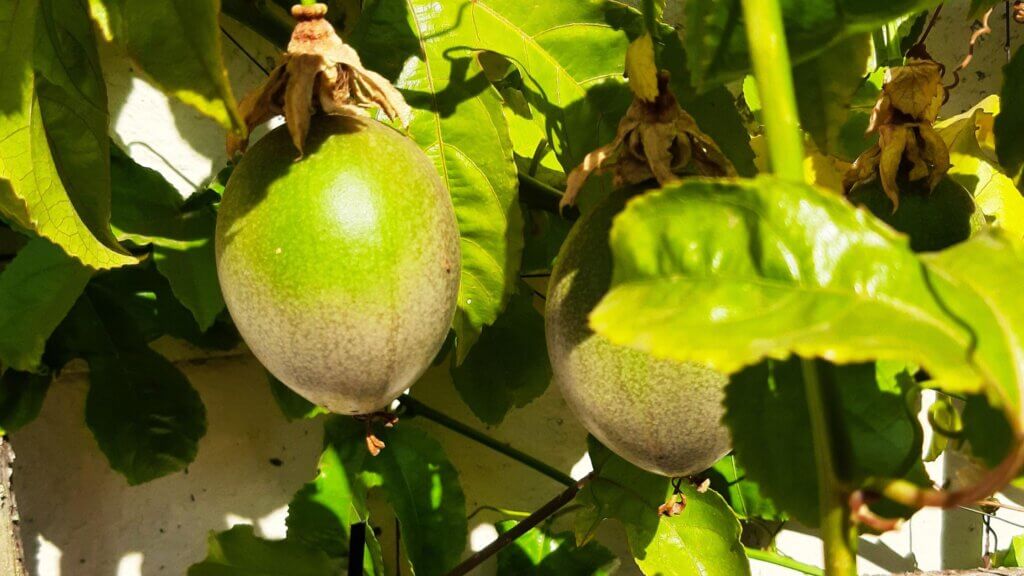
Recommended Additional Resources
For more expert tips, plant care advice, and where to buy quality granadilla plants in South Africa, check out these trusted resources:
Lifestyle.co.za – Growing Granadillas – A practical guide for home gardeners with planting tips and care advice.
The Gardener SA – Growing Granadillas – A helpful overview including pruning and pest prevention.
Starke Ayres Granadilla Growing Guide (PDF) – Downloadable guide with professional growing insights.
SouthAfrica.co.za – How to Grow Granadillas – Detailed look at commercial and home cultivation.
Just Berry Plants – Granadilla Plants – Buy high-quality granadilla plants for delivery in South Africa.
Plantinfo.co.za – Passiflora edulis Profile – Botanical information, ideal growing conditions, and plant care specifics.
These links offer reliable, South Africa-specific guidance to support your granadilla growing journey.

.png)





